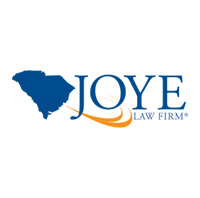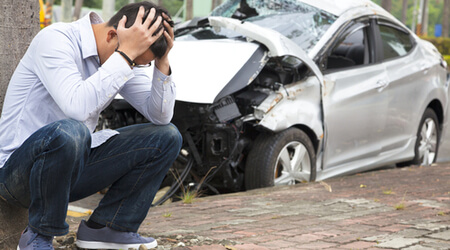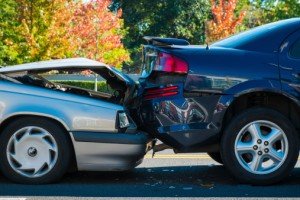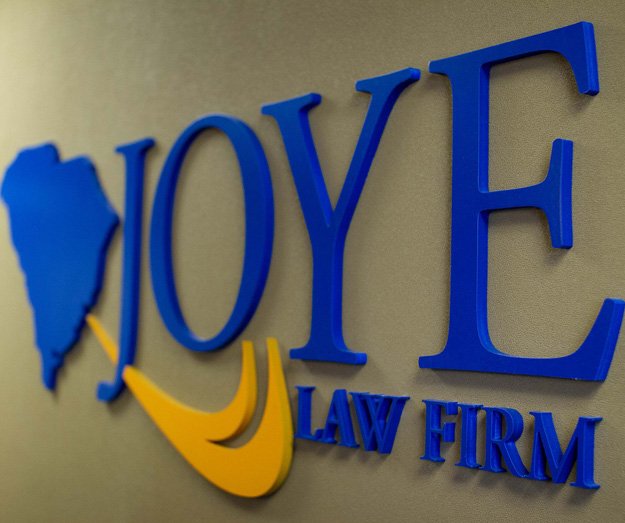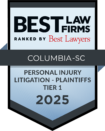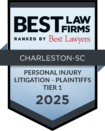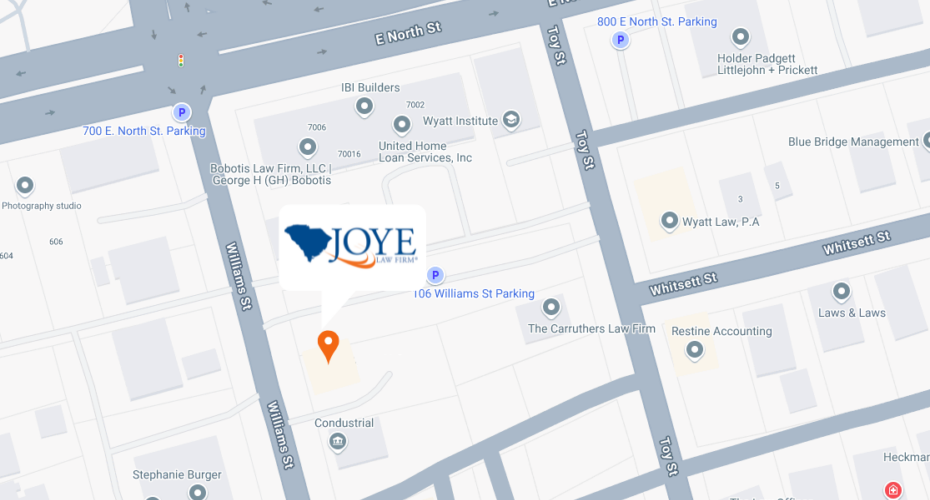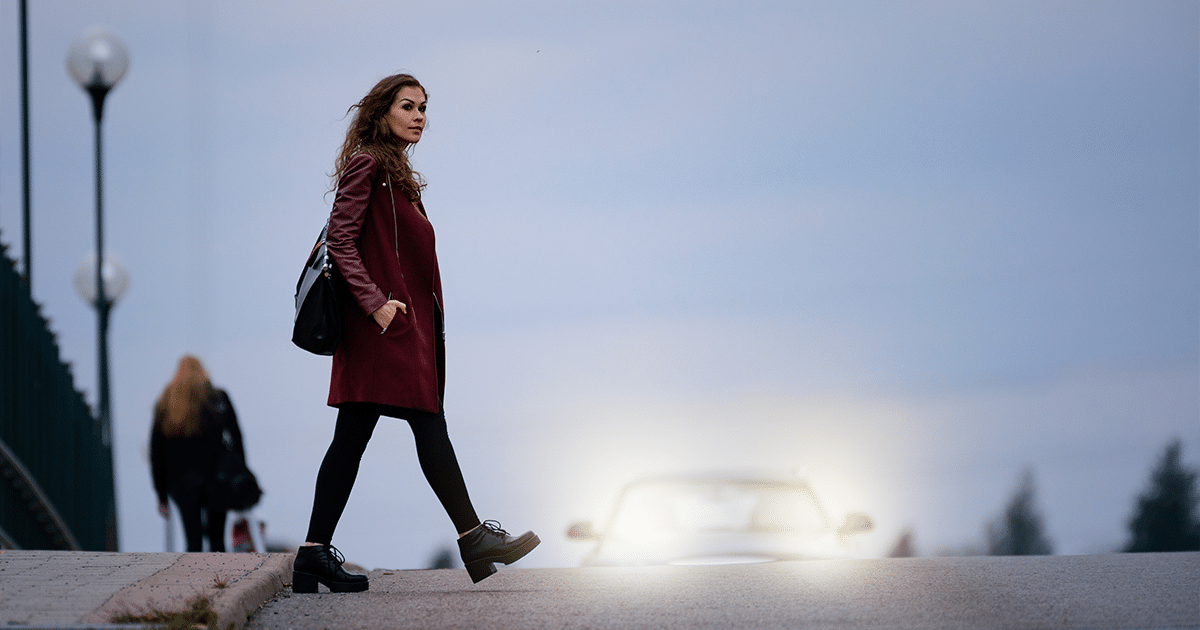
Jaywalking is a practice that blurs the lines between pedestrian freedom and road safety. In a state like South Carolina that’s filled with tourists and university students, it’s common to see pedestrians dashing across roads outside designated crosswalks. Jaywalking, while seemingly harmless, can have severe consequences.
South Carolina ranked as the second-worst state in 2020 for pedestrian deaths per 100,000, with around 18% of total traffic fatalities being pedestrians. In 2022, the state saw 174 pedestrian deaths, with a 3.29 fatality rate per 100,000 pedestrians.
Understanding fault in jaywalking accidents is vital for safely navigating South Carolina’s streets.
What is Jaywalking, and is it Legal?
Jaywalking refers to pedestrians disregarding traffic rules and crossing streets illegally, often outside designated crosswalks or intersections. It is a dangerous practice that can lead to serious accidents and result in injuries, death, or emotional trauma to those involved.
States and jurisdictions treat jaywalking differently, with some allowing the practice and others classifying it as a traffic violation. For example, California’s “Freedom to Walk” bill made it legal for pedestrians to cross outside marked crosswalks or intersections in 2023.
In South Carolina, jaywalking is not allowed. Pedestrians must follow traffic lights and signals and yield to traffic before crossing if there is no crosswalk. It’s also illegal to suddenly step into the path of an approaching vehicle outside of a crosswalk when doing so could result in danger.
Who Is at Fault for Pedestrian Accidents?
Liability in accidents where pedestrians jaywalk can be dual-fault, meaning the driver and pedestrian share responsibility. If either party shows the following negligent actions, they may be partially liable for the accidents and resulting damages:
- Negligent driving: If a driver is speeding, driving recklessly, or is intoxicated or distracted, they might be held responsible for the pedestrian’s injuries. These careless actions reduce the driver’s ability to react quickly and make it difficult to stop, even if the pedestrian thought they were safe to cross.
- Failure to yield: If jaywalking, the pedestrian is responsible for yielding the right-of-way to all vehicles on the road. However, if the pedestrian began crossing when the car was a reasonable distance away but was still hit, it could result in both parties being liable.
- Ignoring traffic signals: When a pedestrian or vehicle driver ignores traffic signals, they may both be at fault in the accident. For example, if a pedestrian crosses outside a marked crosswalk, but the driver runs a red light, the driver may be held responsible.
- Walking distractedly: Pedestrians may be at fault if they walk distractedly or are under the influence of drugs or alcohol. For instance, pedestrians may be liable for a collision if they step into traffic while watching a video on their phones.
- Sudden movements: South Carolina prohibits pedestrians from making sudden movements that could endanger themselves or drivers. If a pedestrian abruptly steps into the road without warning and it leads to an accident, they may be responsible.
How Do Insurance Companies Handle Jaywalking Incidents?
Insurance companies take center stage in evaluating the circumstances and determining liability in the aftermath of an accident involving a jaywalking pedestrian.
Insurance companies’ primary goal after accidents and injuries often revolves around minimizing their financial liability. Prioritizing profits can lead to insurance companies offering quick settlements or assessments that might not fully consider the complexities of the situation.
Both pedestrians and drivers should understand that initial offers or fault determinations by insurance companies are not final verdicts. They can be challenged, especially if you believe you’re not being treated fairly, or the fault assessment is skewed.
Modified Comparative Fault: Determining Compensation
In South Carolina, jaywalking accident trial verdicts operate under a modified comparative fault system. This legal principle assesses the degree of fault for each party involved. If a pedestrian is found partially at fault for the accident, their compensation may be reduced proportionally to their assigned responsibility.
For example, if a jaywalking pedestrian is deemed 20% at fault and is awarded $10,000, their compensation is adjusted to $8,000. However, if the pedestrian’s responsibility is assessed at 50% or more, they may be ineligible for compensation.
This system underscores the importance of navigating liability when seeking compensation for a pedestrian accident.
Secure Your Rights After a Pedestrian Accident
Pedestrian accidents involving jaywalking can be tricky, as both the person walking and the driver might share the blame for an accident. Understanding local laws, traffic rules, and how responsibility is determined is crucial to helping you protect your rights and secure compensation.
Navigating these legal complexities alone can be overwhelming – you need experienced legal guidance on your side. The car accident lawyers at Joye Law Firm are well-versed in South Carolina’s pedestrian laws and the subtleties of auto accident claims.
We’re committed to advocating for your rights and pursuing the compensation you deserve. Let us help you negotiate with insurance companies and build a strong case on your behalf—contact us today for a free consultation.


